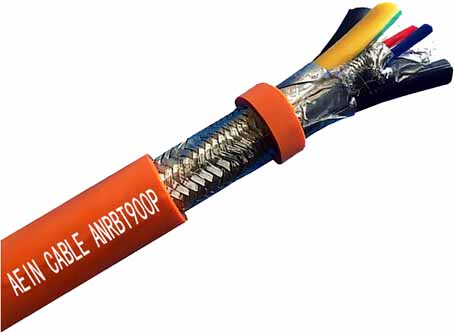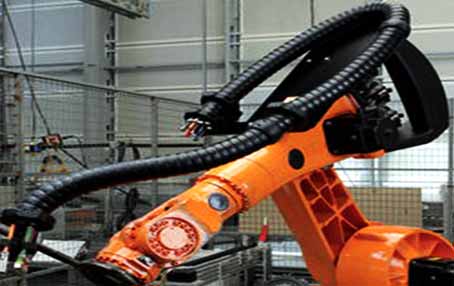Manufacturers LSZH wire, cable

Low-smoke halogen-free wires, referred to as LSZH, LSOH, LS0H, LSFH and OHLS, are the material classification of cable sheaths. The sheath of the low-smoke and halogen-free wire is composed of thermoplastic or thermosetting which has low smoke emission when heated and is halogen-free.
Brief introduction of low-smoke and halogen-free cables
Most of the network cable coating is composed of polyethylene, polyvinyl chloride or thermoplastic polyurethane. If it catches fire, chlorinated plastic will release toxic hydrogen chloride, and if it encounters water, it will produce hydrochloric acid. The low-smoke halogen-free materials will not release hydrogen halides or other acids during fire.
Low-smoke halogen-free materials can reduce the toxic and corrosive gases produced when they burn. In poorly ventilated environments such as airplanes, train cars, or ships, low-smoke and halogen-free materials are often used. Low-smoke and halogen-free cables are also commonly used in the railway industry, because there are high-voltage lines under the railway or signal lines that transmit the position of the train. The use of low-smoke and halogen-free materials also reduces the accumulation of toxic gases when the circuit is damaged due to fire or short circuit.
Like in the railway industry or shipbuilding industry, one of the most important requirements is to protect personnel and equipment from toxic and corrosive gases. In these occasions, low-smoke and halogen-free materials are required to be used in the outer layer of the wire and cable.
halogen
Halogens are elements of Group VIIA on the periodic table (IUPAC new regulations: Group 17), including fluorine (F), chlorine (Cl), bromine (Br), iodine (I), astatine (At) and (Ts).

cable
A cable is a single component that connects two devices to transmit electrical signals, formed by bonding, twisting, or weaving two or more wires together. Cables have a wide range of uses and each application needs to be specially made. Its function is as large as the wire product that transmits electric energy, electric signal and realizes electromagnetic energy conversion.
A power cable is usually composed of a cable core that transmits power or electrical signals and a sheath that plays a role of protection and insulation. A cable with only one core and a small diameter is usually called a wire. There are also some wires without an insulating sheath and are called bare wires. The core of the cable is made of a metal material with good electrical conductivity, usually copper (good electrical conductivity) or aluminum (lower cost).
In 1836, the world's first low-voltage (below 600 volts) power wire wrapped with a rubber band outside the copper wire was produced.
Low-smoke halogen-free cables are used in car and machine room accompanying control cables
Characteristics of low-smoke and halogen-free cables
1. Low-smoke halogen-free insulation, low-smoke halogen-free elastomer sheath;
2. Rated voltage AC 300/500V; operating temperature range: -15°C-70°C;
3. The conductor is composed of multiple copper wires, and can also be composed of tinned copper wires;
4. Lifting height: TYYB (P) type ≤80m, TYYB (P) G type ≤200m;
5. Operating speed: TTYB (P) type ≤2.0m/s, TTYB(P) G type ≤4m/s;
6. Free bending diameter: 450±50mm (stranded structure);
7. Halogen-free characteristics: PH value ≥ 4.3, conductivity (μ/mm) ≤ 10, HCL and HBr content ≤ 0.5%, HF content ≤ 0.1%, light transmittance ≥ 60%;





